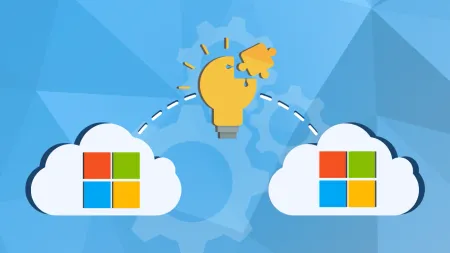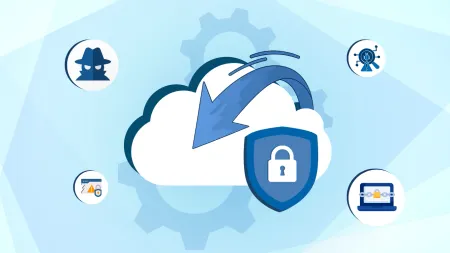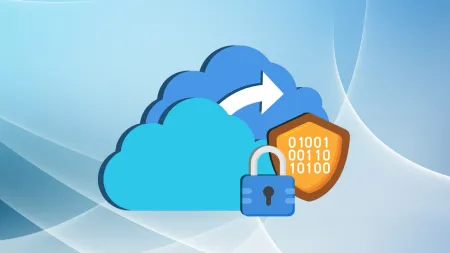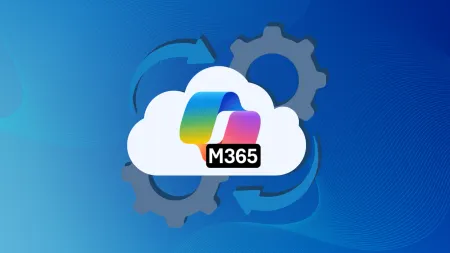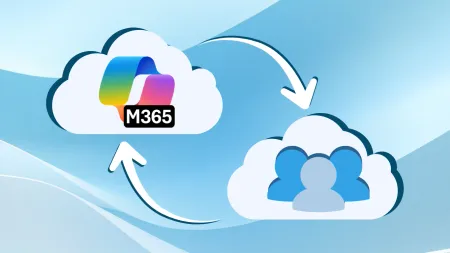Coming Soon To A Government Near You: Cloud Computing
As cloud computing becomes more prevalent and accepted governments are beginning to take the leap and move over to the cloud While moving to the clo...

As cloud computing becomes more prevalent and accepted, governments are beginning to take the leap and move over to the cloud. While moving to the cloud is a big step away from the traditional on-site servers, the benefits are huge. Office 365 Government Licenses allow you secure access to your data any time, anywhere. Agile IT is here to help make it a seamless transition, so contact us today to get started.
Can a model procurement agreement speed the adoption of cloud computing?
When cloud computing first emerged, government officials viewed it with some skepticism. Long accustomed to owning and controlling all of their IT hardware, software and networks, states and localities didn’t take very seriously the idea that they could, for a monthly fee, simply stream pretty much everything to a worker’s desktop. Delivering a Netflix movie was one thing, the argument went, but a robust data management system was quite another.
What a difference a fiscal meltdown can make. When the recession hit Oakland County, Mich., in 2009, it lost 60,000 jobs in one year and saw the taxable value of its real estate shrink by 25 percent over the next two, according to Phil Bertolini, the county’s chief information officer. “That put extreme pressure on our revenue stream,” he says.
So Bertolini took another look at cloud computing. This time, he found that lower costs and increased reliability made the cloud a viable technology option for cash-strapped governments like his. He estimates that about 30 percent of the county’s technologies and platforms are suitable for the cloud; he expects to see substantial savings down the road, too, as it’s unlikely the county will continue to build or expand its own data centers. Instead, Bertolini says, cities, counties and states can turn to cloud providers and rent what capacity they need at that moment. It’s far more cost effective.
But the cloud presents a few procurement challenges for government. To start, it’s a service that government agencies consume. It’s not like buying asphalt, bricks or trucks. “Most governments are good at capital planning and capital budgets,” says Bertolini. “But we’re not good at turning that into an operating budget.” Budgets have to be adjusted to accommodate this new type of procurement.
One solution, a growing number of experts say, is a model agreement which covers the kinds of terms and conditions that affect 80 percent of every deal between government and cloud vendors. Such a model would help state and local governments of all sizes, especially smaller entities that badly want to take advantage of the cloud’s benefits: What government can do in the cloud is constantly increasing, from storing vast amounts of data to using the latest in data management tools, email and office productivity software. The cloud also offers a quick way to launch a new service using the latest technology. Smaller cities, though, usually don’t have the knowledge to negotiate an agreement needed to make the deal work in the public sector.
Dugan Petty, who has worked in both procurement and IT during his career in state government, says cloud computing is a sea change in the business model for how government uses IT. Currently a senior fellow at the Center for Digital Government (which is run by Governing’s parent company e.Republic), Petty has been working for months with government and industry to draft a model agreement that can be a framework for how government sets up deals with cloud providers. “It’s going to create some common ground for public agencies,” he says.
New Jersey’s Emanuel agrees. “It will set the bar for what’s reasonable and acceptable. If we don’t do this we risk falling further behind in terms of applying new technology when we need it.”
This article excerpt, by Todd Newcombe, originally appeared here: http://bit.ly/1s2pU5l
